Animals all come in different forms and different sizes, some are carnivores while others are herbivores. All animals have their own unique skills in surviving in the wild which can also help them with hunting prey. Some are very colorful, which keep predators away from them because they are poisonous, or just to make them look like they’re deadly to eat.
Others are fast, which allows them to outrun predators but predator can be faster than the prey, while some can camouflage and hide until their dinner comes. Animals are very fascinating, they are so amazing and so cool just to see, but there are some that are very odd and probably you have never heard of. Here are the top 9 most bizarre animals ever seen.
NUMBER #1: Spider Tailed Horned Viper
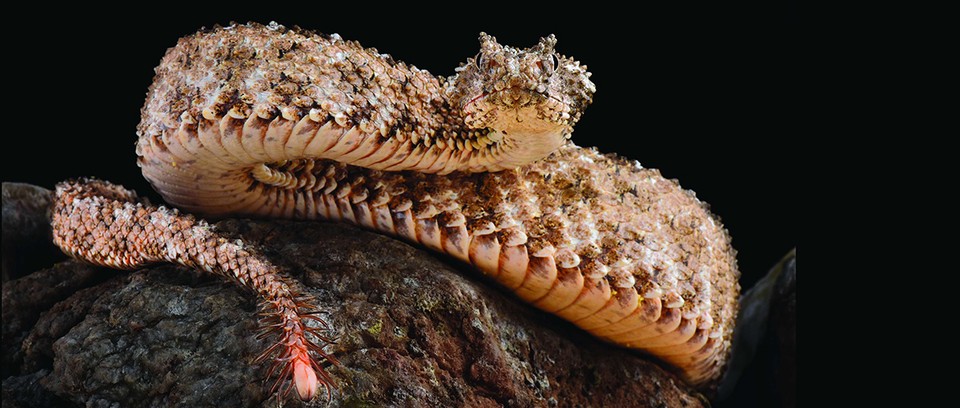
The Spider Tailed Horned Viper, also known as the Pseudocerastes urarachnoides, is a species of viper that was discovered in 2006 in Western Iran. The reptile has a spider body on the end of his tail which it moves around to make it look like an actual spider to attract birds or other reptiles. Once prey is by the tail and it is ready to snatch it, the snake then strikes at the victim and devours its meal. These snakes are very bizarre creatures but were very close to extinction due to poaching.

NUMBER #2: Gulper Eel
The gulper eel, also known as the pelican eel, is a deep sea animal that is rarely seen by humans, but has been caught by fishermen several times. It is the only known member of the genus Eurypharynx and the family Eurypharyngidae. These animals can live up to 85 years. A gulper eel’s diet is usually fish, crustaceans and celepods. Also the reason why a gulper eel has such a big mouth is because they could be able to find larger fish because food is scarces. They live in the deep seas, ranging depths from 1,600 to almost 10,000 feet below.
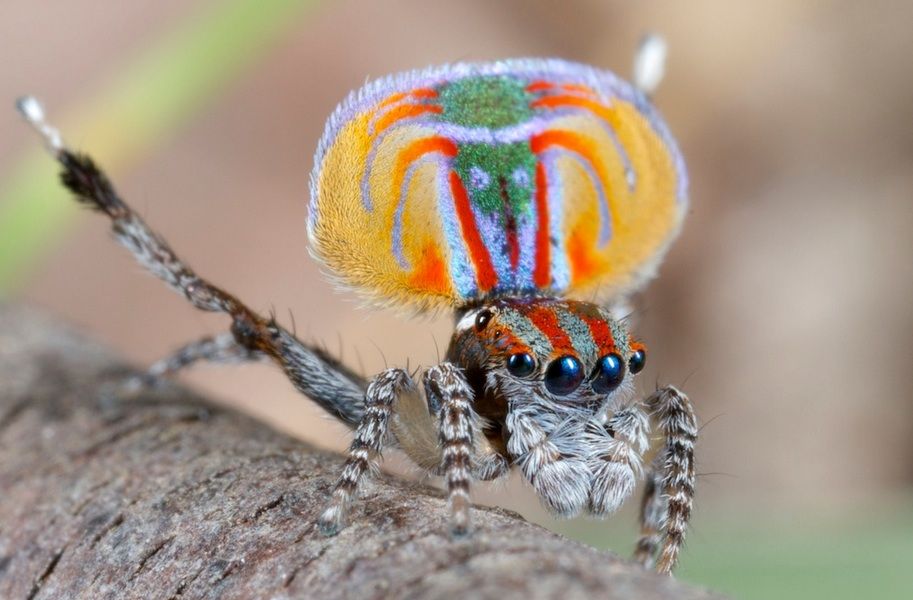
NUMBER #3: Peacock spider
The peacock spider, also known as the Manturs volens is a species of jumping spider that only live in the Southern Mainland of Australia. This little spider can can only grow around 2.5 – 5 meters. The male spiders perform a mating ritual with their colorful bodies to persuade females to mate with them. Part of their mating ritual includes dancing back and forth. In addition to fanning out their colorful bodies, male peacock spiders also stick up their legs and dance for the female they’re trying to impress. If, however, the female rejects the male’s offer, she may end up eating him!
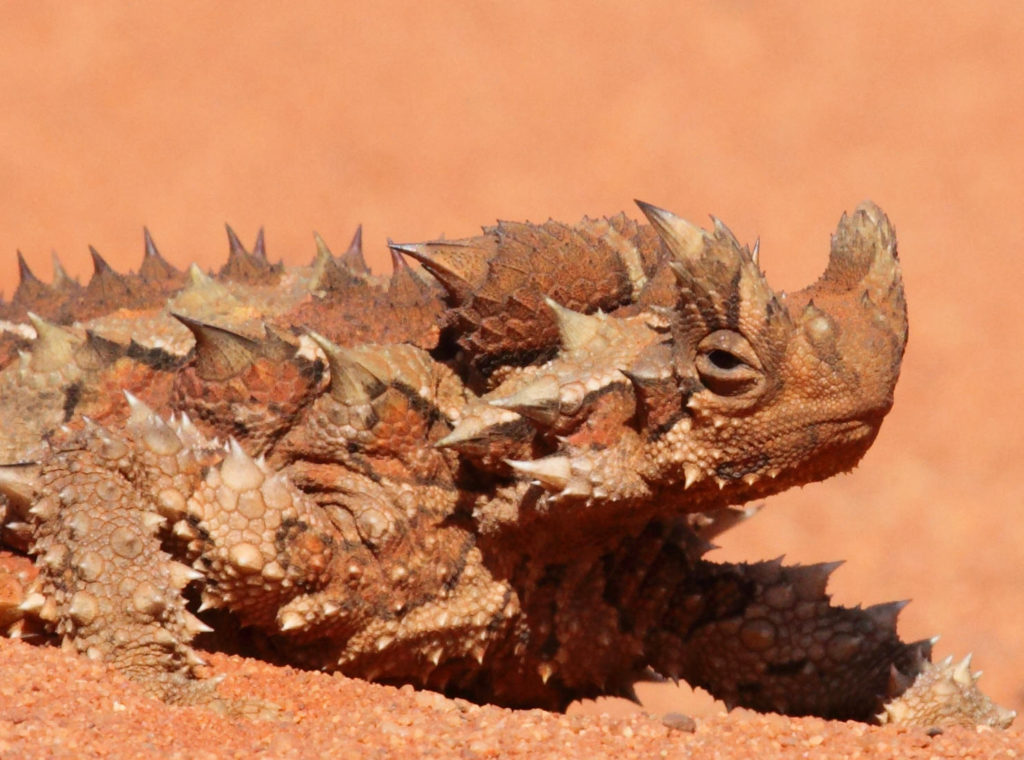
NUMBER #4: Thorny Devil
The Thorny Devil, also known as the Mountain Dragon or the Moloch, is a species of lizard in the family Agamidae. The species is endemic to Australia. It is the sole species in the genus Moloch. It grows up to 21 cm in total length, with females generally larger than males.

NUMBER #5: Kinkajou
This little furball may look like a monkey- bear but is actually in the family of Procyonidae, which is related to olingos, coatis, raccoons, and the ringtail and cacomistle. It is the only member of the genus Potos and is also known as the “honey bear”. The kinkajou is actually an exotic pet you can keep in certain states in the United States. It’s legal to keep them in Texas, South Carolina, and Florida. Many areas require a permit to keep a kinkajou. Rental properties or homeowners associations often have restrictions for exotic pets.

NUMBER #6: Elephant Trunk Snake
The Elephant Trunk Snake or the Javan file snake, a very crazy looking snake, looks as if it more of an amphibian than a reptile. It is a species of snake in the family of the acrochordidae, a primitive species of non-venomous aquatic snakes. The can be found in brackish water or fresh water of Indonesia and Malaysia. These animals are also an exotic pet too, but you better have a big cage for them because they can grow from 6 to 8 ft long.
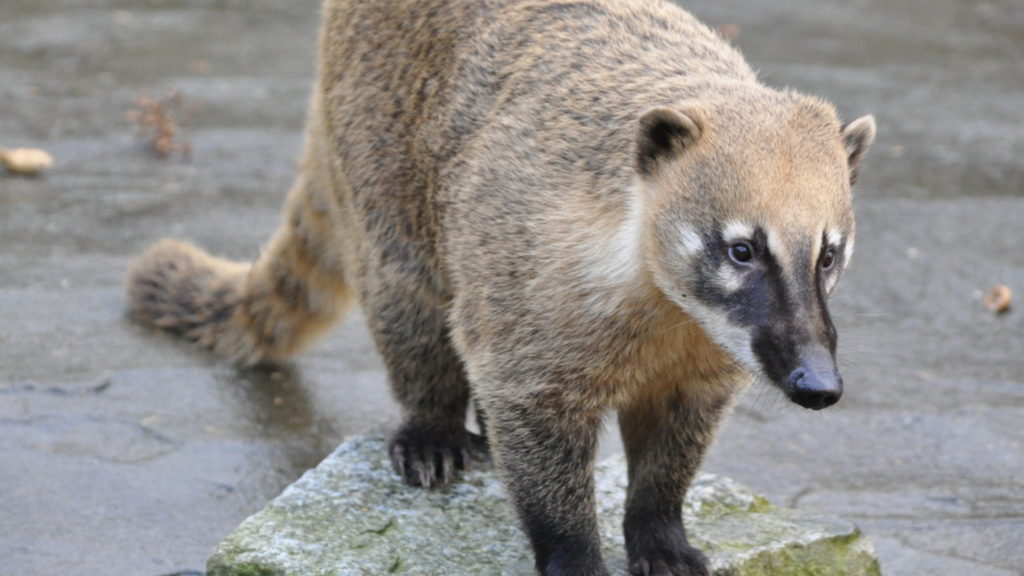
NUMBER #7: Coati
Coatis, also known as coatimundis, are another member of the family Procyonidae in the genera Nasua and Nasuella. They are diurnal mammals native to South America, Central America, Mexico, and the southwestern United States. The name coatimundi purportedly derives from the Tupian languages of Brazil. This mammal is also an important food source to many predators and in some regions are hunted for their meat. They also help control the insect, reptile and amphibian population.
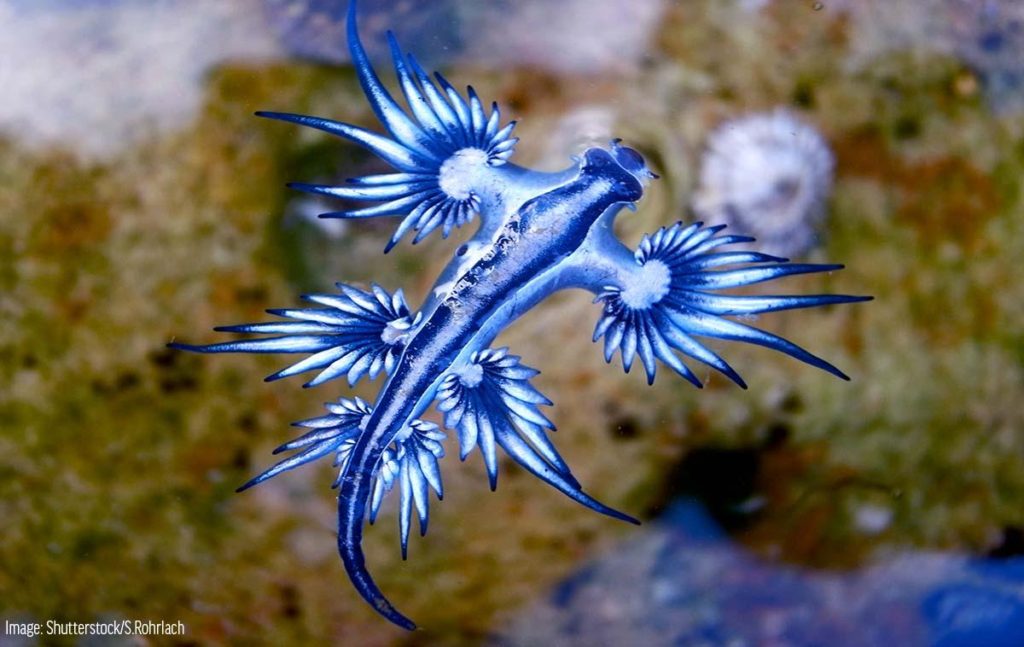
NUMBER #8: Blue Glaucus
The blue glaucus also known as the dragon sea slug, looking like it’s out of this world. The extremely rare little creatures look like electric-blue dragons “soaring” through the water. However, they’re actually a curious form of sea slug known as Glaucus atlanticus that swims upside down to show off its colours and its favorite food is sea bottle. There venomous cells are what make the blue dragon dangerous to humans, as it embeds those cells within its own body as a defence against other predators. Any humans who pick one up risk painful and potentially fatal stings.
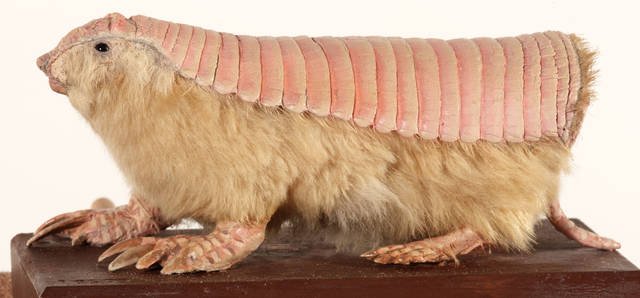
NUMBER #9: Pink Fairy Armadillo
The pink fairy armadillo is a small species in the family of Chlamyphoridae. They’re nocturnal burrowing animals that spend most of their life in the ground and usually come out at night. There also called ‘sand swimmers’ cause they can dig really fast underground, there lifespan is around to 5-10 years in the wild but if in captivity they don’t live that long. Their claws are about the size of the animal, pink fairy armadillos are found in Central Argentina. The average size of a pink fairy armadillo I am about 90 – 115 mm.





